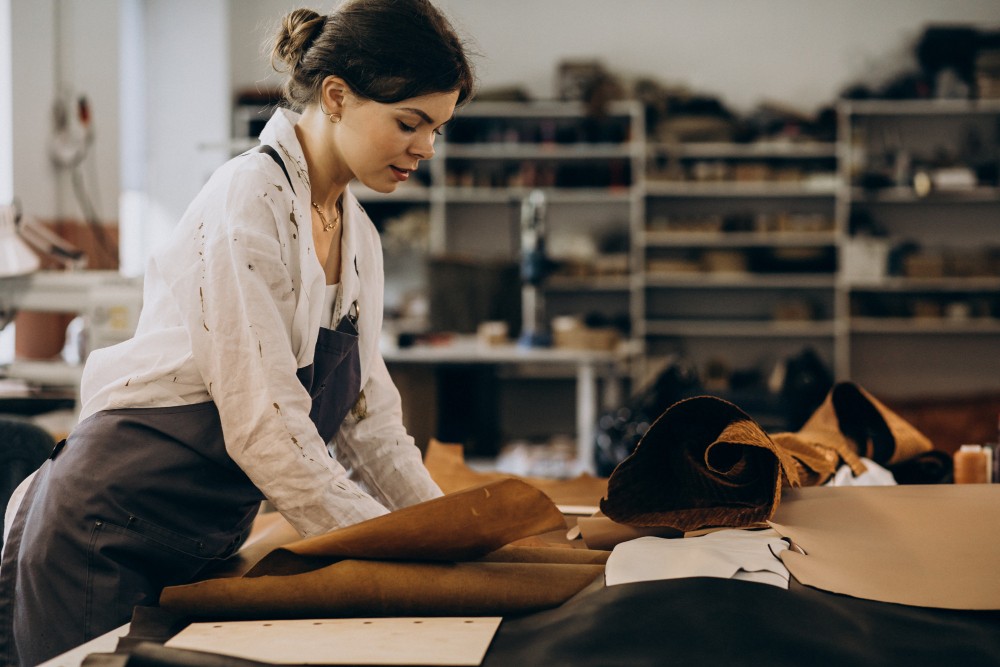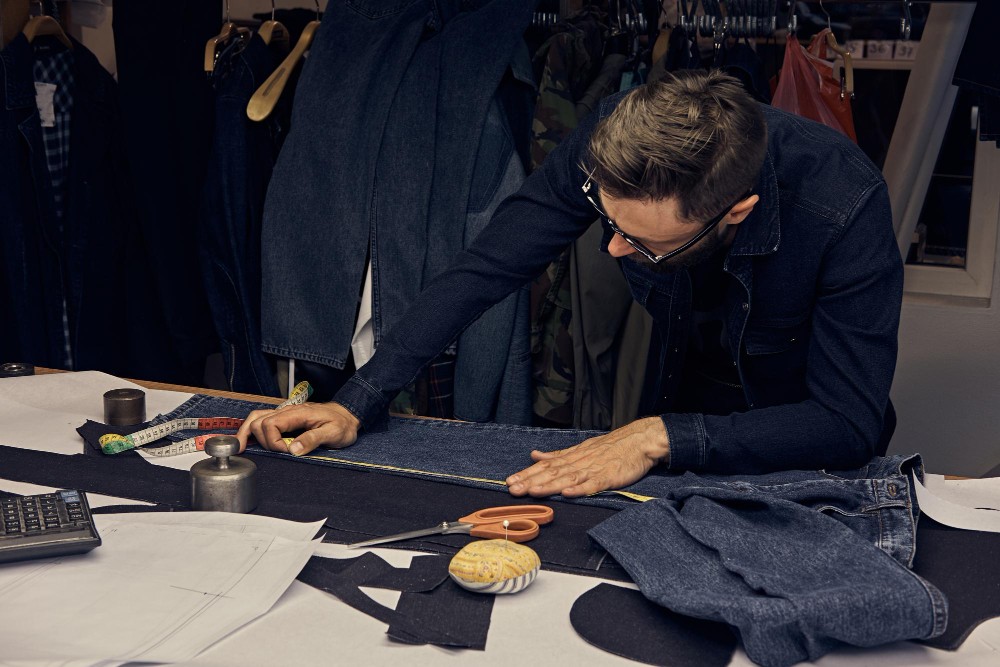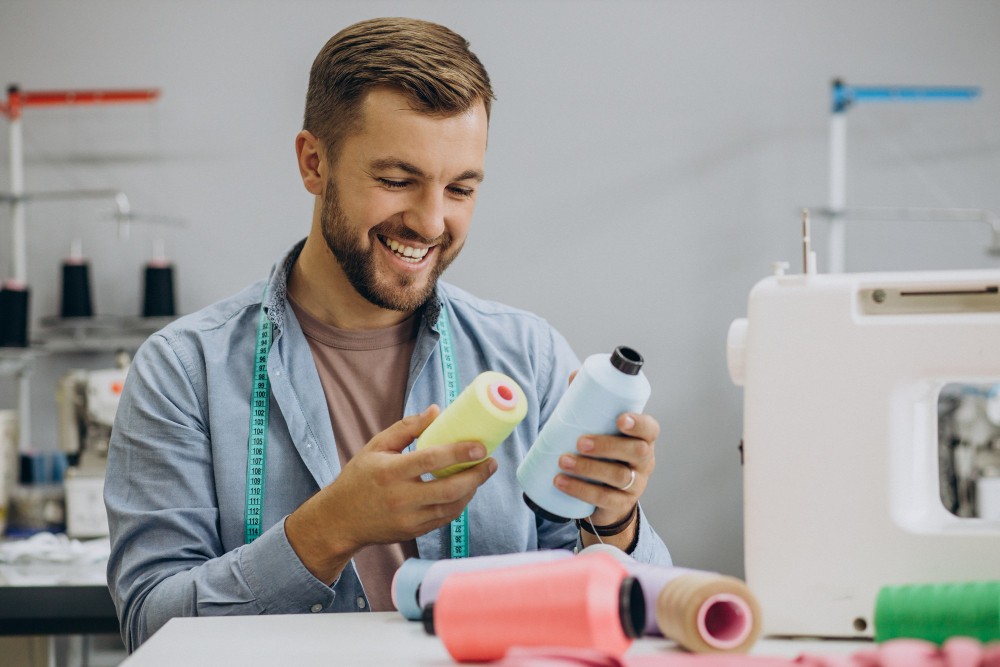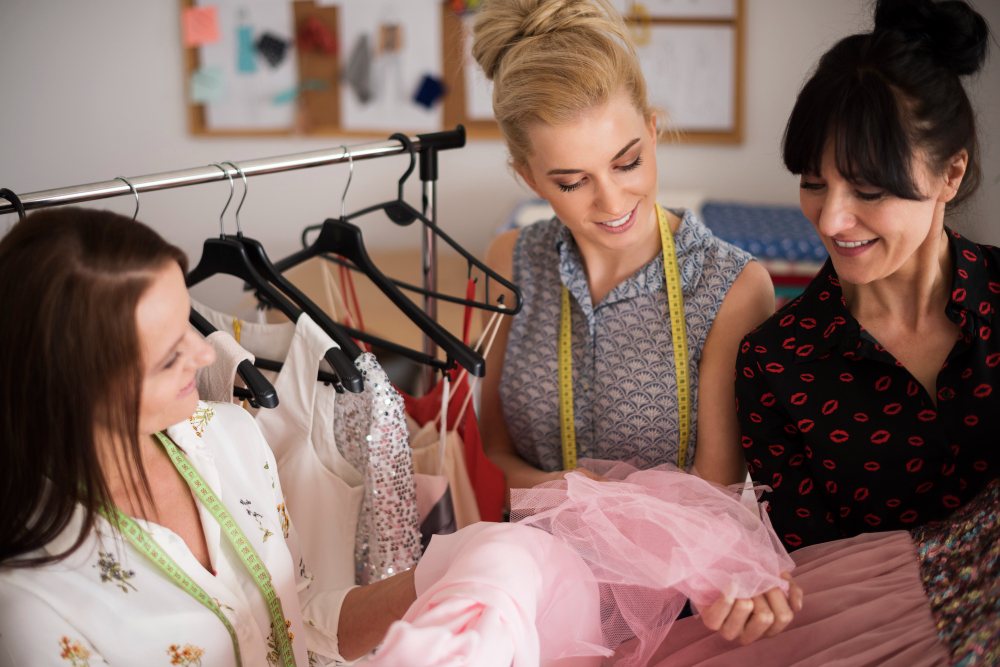
How to replace a zipper pull (complete step-by-step guide)
Zippers break. It happens more often than we’d like, and usually at the worst possible time — right before a trip, a big meeting, or when you’re heading out the door. One of the most common zipper malfunctions isn’t the entire thing falling apart, but something smaller: the zipper pull. It might snap off completely, bend beyond use, or simply disappear after one too many tugs. If you’re dealing with that tiny but essential piece missing, don’t panic. Learning how to replace a zipper pull is much easier than it sounds, and often takes just a few minutes with the right tools — no sewing machine required. What is a zipper pull and why it breaks A zipper pull is the small handle you grip to move the slider up and down the zipper track. It’s what gives you control over the zipper’s movement, and while it may seem like a small component, it’s critical to the functionality of your clothing or gear. Over time, pulls wear out. They can snap from repeated use, rough handling, or metal fatigue. Plastic ones are especially prone to cracking. And let’s be honest — how many times have you used a paperclip, a safety pin, or even a key ring in place of a missing zipper pull? It’s a common workaround, but there’s a better solution that actually restores the item’s look and usability. How to replace a zipper pull (DIY steps) If you’ve never repaired a zipper before, don’t worry. Replacing a zipper pull is one of the easiest fixes you can do at home, and it requires minimal tools. The first step is to determine whether the slider is still intact. If it is, all you need is a replacement pull — which you can find in multi-packs online or at most craft stores. Start by removing any leftover bits of the broken pull. Then, thread the new pull through the small hole in the slider. If it’s tight, you can use a pair of pliers to gently open the tab or guide the pull through. Snap it into place, test it a few times, and that’s it — you’ve brought the zipper back to life. Some replacement pulls come with little hooks or clasps that make the process even easier — no tools, no fuss. They’re especially handy for bags or jackets where you want a quick fix without taking apart the zipper entirely. The result is a zipper that looks good and works well, without a trip to the tailor or a replacement garment. When a pull isn’t enough — how to replace a zipper slider Sometimes, the problem goes deeper than just the pull. If the slider itself is bent, misaligned, or not gripping the teeth properly, replacing the pull won’t solve much. In that case, you’ll need to replace the zipper slider. This process is slightly more involved but still doable without professional help. You’ll first need to open up the top of the zipper to remove the damaged slider. On many zippers, especially those on jackets or backpacks, there’s a metal or plastic stop at the top. You can pry this open gently with pliers, slide off the old slider, and slide on a new one of the same size and type. Finding the right slider is crucial — not all zippers are created equal. There are different sizes, shapes, and types depending on the item. Many zipper repair kits come with a variety of sliders and a sizing guide to help you find the perfect match. Once you’ve replaced the slider, close off the top by clamping on a new stop or sewing the top shut. The zipper should now function like new, moving smoothly across the teeth and closing properly. How to replace a zipper on a jacket Now, if the zipper is totally shot — maybe the teeth are bent, the tape is fraying, or the slider and pull are both toast — you might need to replace the whole thing. Knowing how to replace a zipper on a jacket can save you a trip to the tailor, especially if you’re comfortable using a sewing machine. Start by removing the existing zipper using a seam ripper. Be careful not to damage the surrounding fabric. Once it’s removed, line up the new zipper in the same place, pin it down, and sew it in with a straight stitch. If you want it to look like the original, try matching thread color and stitch style. Jackets, especially thicker ones like parkas or bombers, may take more effort and patience. You’ll want to choose a heavy-duty zipper that matches the original in length and weight. If the jacket is lined, you might need to open a few internal seams to access the zipper area. It’s a bit of a project, but entirely doable with the right prep. Alternatively, if sewing isn’t your strong suit, this is a great task to hand off to a tailor — which brings us to the next point. Zipper repair on different garments and items Zippers are everywhere — on jeans, pants, dresses, backpacks, and more. And yes, each one presents its own quirks when it comes to repairs. Let’s start with how to replace a zipper on jeans. This repair typically involves heavy denim and metal zippers, so you’ll want strong thread and a sturdy needle. Remove the old zipper, line up the new one, and reinforce the ends so it doesn’t rip open again. For those wondering how to replace a zipper on pants, the process is similar to jeans, though you may be dealing with lighter fabrics or hidden zippers. Carefully unpick the seams around the zipper, replace it with one of similar length, and sew it back in, aligning the fly cover properly. When it comes to replacing a zipper on a dress, finesse matters. Many dresses have invisible zippers sewn into delicate seams. This fix requires extra care to keep the zipper hidden and avoid






